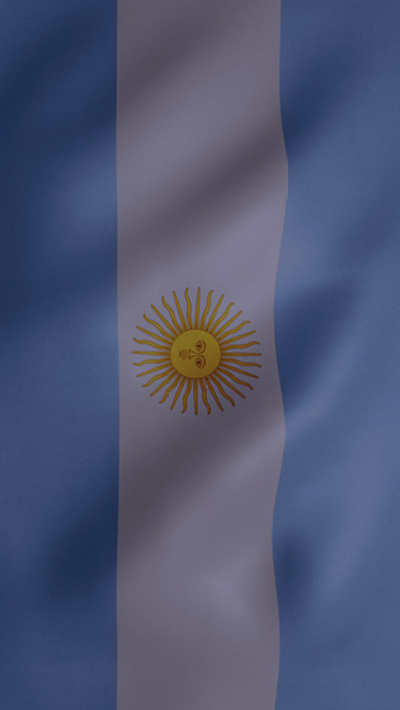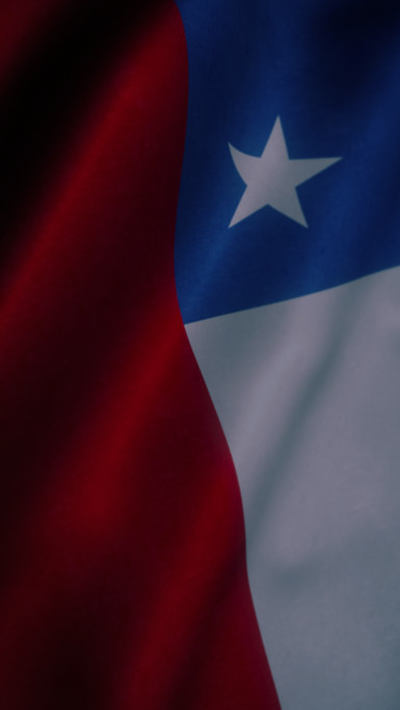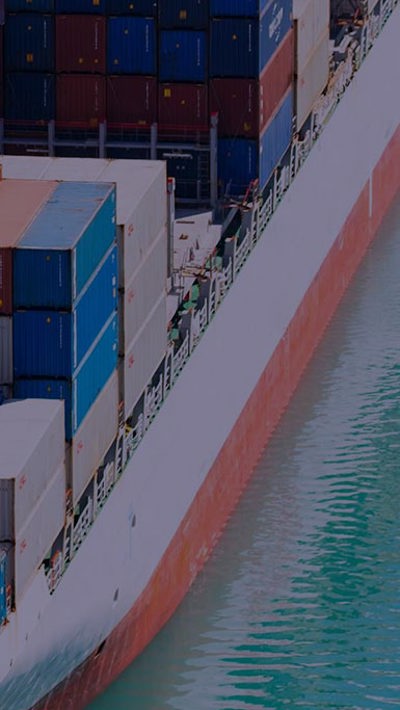Contents
The Ministry of Foreign Affairs and Trade (MFAT) is seeking feedback on a proposal to expand New Zealand’s export control regime for goods and technology destined for a military end-use.
The effect may be to widen the scope of the regime so that it affects businesses and items not currently covered, including those that would not normally be considered to have a military application.
Submissions on the consultation document are due by 15 November 2019.
Current system
Businesses wishing to export strategic goods must comply with New Zealand’s export control regime, which requires them to obtain an export permit if the goods in question are listed on the New Zealand Strategic Goods List (NZSGL). This covers:
- firearms, ammunition, military goods and technologies (Part 1 of the NZSGL), and
- any dual-use item, being one that has a civilian use but is, or may be intended for, military end-use or that may have a military application (Part 2 of the NZSGL).
In addition, businesses must comply with the export control regime even for an item that is not listed on the NZSGL, if the item is, or may be intended for, use in relation to weapons of mass destruction; or is, or may be intended for, military end-use in a country subject to a UN arms embargo (so-called “catch-all controls”).
The proposed changes relate to the catch-all controls as they apply to military end-use items. At present, these catch-all controls have limited reach. Only a limited number of countries are subject to a UN arms embargo, and the definition of military end-use is focused on items used for making and testing weapons.
MFAT has identified risks with the current scope of the catch-all controls. In particular, the UN Security Council requires unanimous support for its decisions and, due to differences among its members, is currently unable to impose embargoes on some countries of concern, e.g., Syria. This creates the risk that hardware or technology exported from New Zealand might contribute to a conflict or a human rights violation or be used to support repressive regimes which challenge New Zealand’s security interests.
Change proposals
The proposed changes would:
- widen the scope of the catch-all controls to include all countries, except for those identified by MFAT on an exemption list as being low risk (currently Australia, Canada, EU members, Iceland, Japan, Norway, South Korea, Switzerland, the US and the UK, post-Brexit), and
- amend the definition of “military end-use” to encompass items for use in operations and activities of a “military or police nature”.
With these changes, the regime could have a surprisingly long reach. It could, for example, capture items sold to a non-exempted country such as: civilian water craft sold to a military user, helmets sold to a national police force, or technology sold to a civilian research partner where there is a risk of diversion to a military end-use. It could also include selling IT applications for use in police operations.
Next steps
If you would like to make a submission, please get in touch with one of our contacts for any assistance.

































